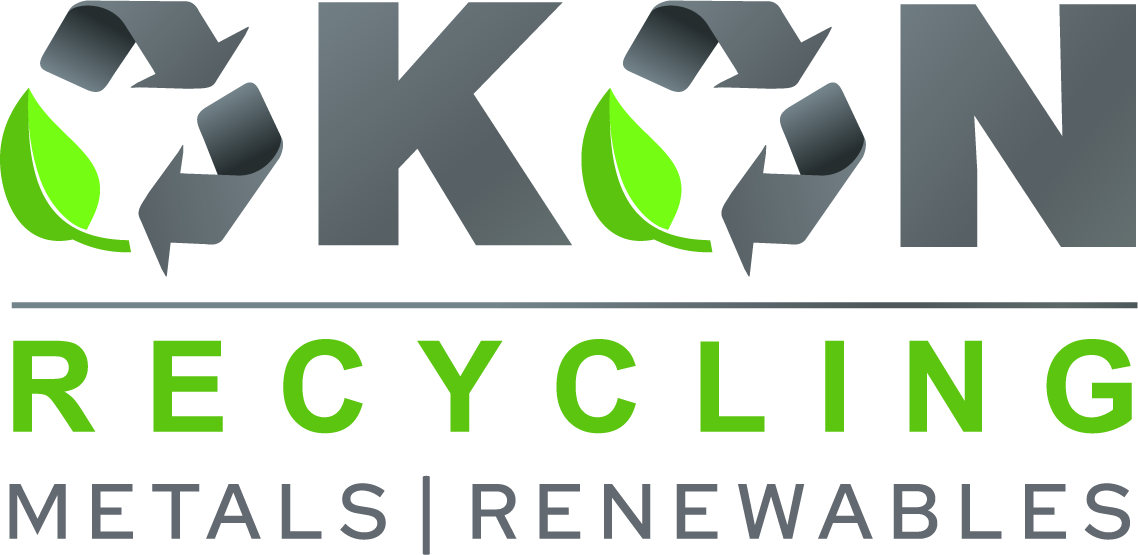5901 Botham Jean Blvd, Dallas, TX 75215
Understanding Brass Recycling Prices
March 21, 2025Have you ever considered the hidden value in those old brass fittings or musical instruments gathering dust in your garage? The world of brass recycling prices is a fascinating mix of global economics, material science, and environmental stewardship. In this comprehensive guide, we’ll explore the factors influencing brass recycling prices and how you can maximize returns from this often-overlooked resource.
Brass, an alloy primarily composed of copper and zinc, has been valued for centuries for its durability, corrosion resistance, and lustrous appearance. Its recyclability adds economic and environmental value. But what determines the price you’ll receive when you bring an old brass doorknob or plumbing fixture to a recycling center?
The answer lies in a complex interplay of market forces, material composition, and global industrial trends. Unlike some more stable commodities, brass recycling prices can fluctuate significantly due to factors such as international trade policies and technological advancements in manufacturing.
Understanding these dynamics is crucial for anyone looking to turn their scrap brass into cash while contributing to a more sustainable future.
Factors Affecting Brass Recycling Prices
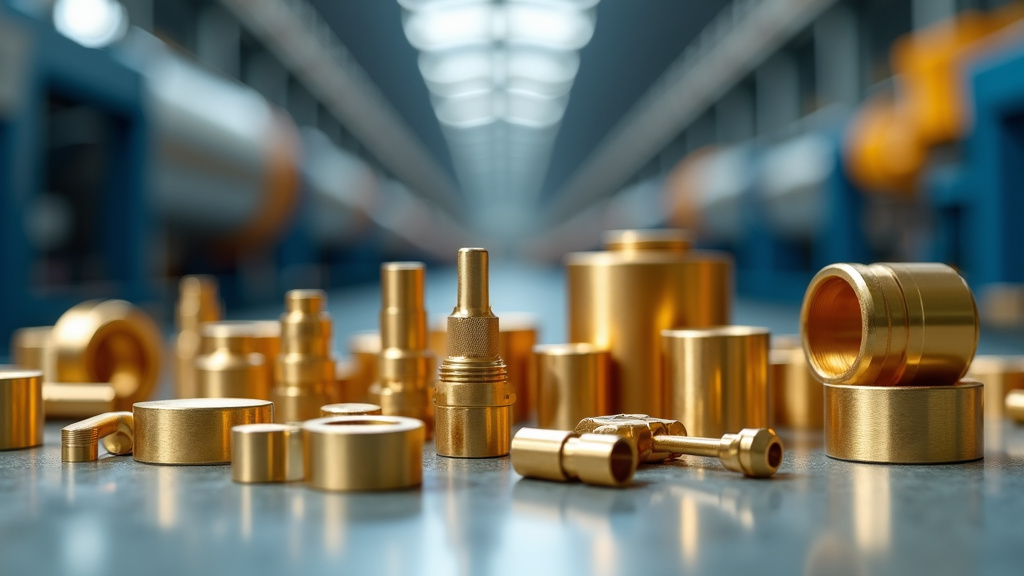
The brass recycling market is dynamic, with prices changing due to several factors. Understanding these can help you decide when and how to recycle your brass scrap effectively. Let’s look at the main factors influencing brass recycling prices:
Global Metal Market Trends
The global commodities market greatly influences brass recycling prices. As an alloy mainly composed of copper and zinc, the price of brass is linked to these base metals’ performance. Current market data indicates that changes in copper and zinc prices directly affect brass values.
For instance, rising demand for copper in emerging markets can increase brass scrap prices. Conversely, economic downturns or oversupply can lower metal prices, impacting recycled brass value.
Geopolitical events, trade policies, and currency exchange rates also affect these global trends. Any sudden changes can quickly impact the metal recycling industry, influencing brass prices.
Purity Levels and Composition
The purity and composition of brass scrap significantly affect its recycling value. Higher-grade brass with more copper typically commands better prices. Here’s a breakdown of common brass grades and their general value:
- Red Brass (85% copper): Often most valuable due to high copper content
- Yellow Brass (70% copper): Less valuable than red brass but still sought after
- Cartridge Brass (70% copper): Valued for its specific composition used in ammunition casings
Contamination can decrease brass scrap’s value. Metals with paint, solder, or other attachments may need extra processing, reducing their worth. Clean, sorted brass always fetches higher prices.
Quantity and Volume
The amount of brass you recycle can significantly affect the price you receive. Larger quantities often lead to better deals, as recycling centers can process bulk materials more efficiently, allowing them to offer competitive rates for larger loads.
For example, a truckload of brass scrap might get a higher per-pound price than a small bag of miscellaneous brass items. Smaller collectors might consider accumulating a larger quantity before selling to secure a better rate.
Local Competition and Demand
The number of recycling facilities in your area and their needs can influence brass prices. In regions with multiple recyclers, competition may drive prices up. Conversely, in areas with limited recycling options, prices might be less competitive.
Local industrial demand for recycled brass can also affect prices. Areas with nearby brass-dependent industries may offer better rates due to reduced transportation costs and immediate demand for the recycled material.
Processing and Transportation Costs
Processing and transportation costs are factored into the prices recyclers offer. Facilities far from smelting centers may offer lower prices due to higher transportation expenses. Similarly, scrap requiring extensive sorting or processing may command lower prices to offset these costs.
Understanding these factors can help you maximize your brass scrap’s value. By monitoring market trends, ensuring your brass is clean and sorted, and considering the timing and quantity of your recycling efforts, you can make informed decisions and potentially secure better prices for your materials.
| Brass Grade | Copper Content | Common Uses |
|---|---|---|
| Red Brass | 85% | Plumbing fixtures, bearings |
| Yellow Brass | 70% | Plumbing fixtures, musical instruments |
| Cartridge Brass | 70% | Ammunition casings |
Current Market Trends in Brass Recycling
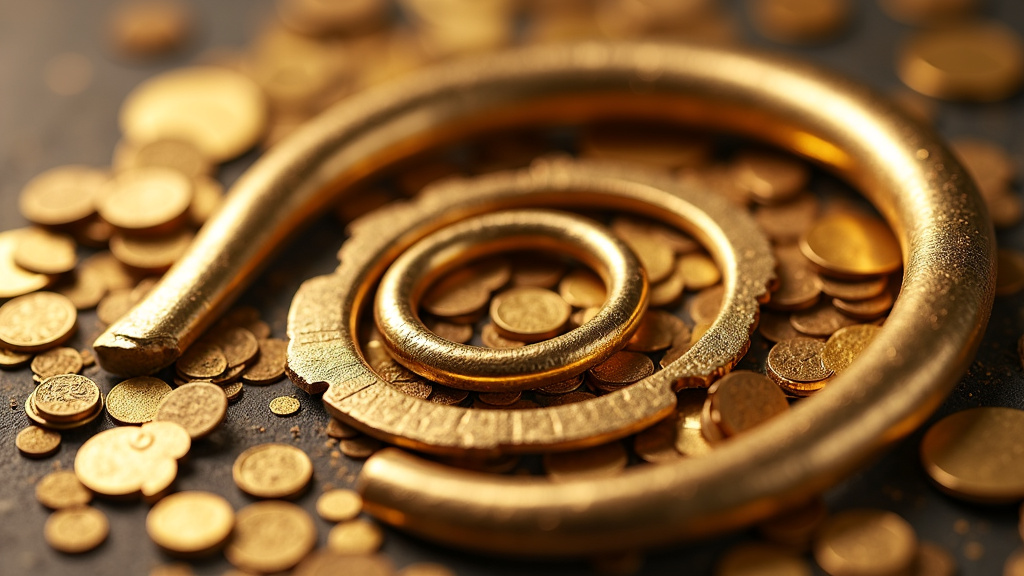
The brass recycling market has experienced significant fluctuations in recent years, reflecting broader trends in the global metals industry. As of 2024, the recycled metal market, which includes brass, is valued at approximately $58.8 billion and is projected to reach $105.1 billion by 2032, growing at a compound annual growth rate (CAGR) of 7.50%.
This growth is driven by several factors, including increasing awareness of sustainability issues, stricter environmental regulations, and the rising demand for raw materials in various industries. However, the brass recycling sector faces unique challenges and opportunities within this broader market.
Recent Price Trends
According to recent data, brass scrap prices have shown moderate volatility. As of late 2024, yellow brass scrap was trading at around $2.02 per pound, representing a 30.57% increase from the previous year. This increase reflects the overall positive trajectory of the recycled metals market, but it’s essential to understand that brass prices can fluctuate rapidly based on various economic factors.
The price of brass scrap is closely tied to the values of its component metals, primarily copper and zinc. Copper, which typically makes up 60-70% of brass alloys, has seen its own price fluctuations, with the national average hovering around $3.38 per pound in late 2024. These interconnected price dynamics highlight the complexity of the brass recycling market.
| Month | Brass Price Index | Change from Previous Month | Change from Previous Year |
|---|---|---|---|
| February 2025 | 697.44 | -0.56% | 2.93% |
| January 2025 | 701.35 | ||
| December 2024 | 708.81 | ||
| November 2024 | 703.30 | ||
| October 2024 | 710.75 |
Future Projections
Looking ahead, industry analysts predict continued growth in the brass recycling sector. The global recycled metal market, encompassing brass and other metals, is expected to expand from $75.47 billion in 2025 to $99.13 billion by 2029, reflecting a 7.1% CAGR. This growth trajectory suggests positive prospects for brass recycling specifically.
Several factors are likely to influence future brass recycling prices and market dynamics:
- Increasing demand for sustainable materials in construction and manufacturing
- Technological advancements in recycling processes, improving efficiency and reducing costs
- Growing emphasis on the circular economy, encouraging more businesses to prioritize recycled materials
- Potential supply chain disruptions or geopolitical events affecting raw material availability
Market Cyclicality
It’s crucial for stakeholders in the brass recycling industry to understand the cyclical nature of metal values. Brass prices often follow broader economic trends, with periods of growth followed by contractions. This cyclicality is influenced by factors such as industrial production rates, construction activity, and global economic health.
For example, during economic downturns, decreased manufacturing and construction activity can lead to lower demand for recycled brass, potentially driving prices down. Conversely, periods of economic expansion typically see increased demand and higher prices for recycled materials.
Understanding these cycles can help recyclers, manufacturers, and investors make more informed decisions about when to buy, sell, or hold their brass scrap inventories. It’s also worth noting that while general trends can be identified, short-term price movements can be unpredictable and influenced by a variety of factors.
As the industry continues to evolve, staying informed about market trends, technological advancements, and regulatory changes will be crucial for anyone involved in brass recycling. By keeping a close eye on these factors, stakeholders can better navigate the dynamic landscape of the brass recycling market and capitalize on emerging opportunities.
Maximizing Your Returns on Brass Recycling
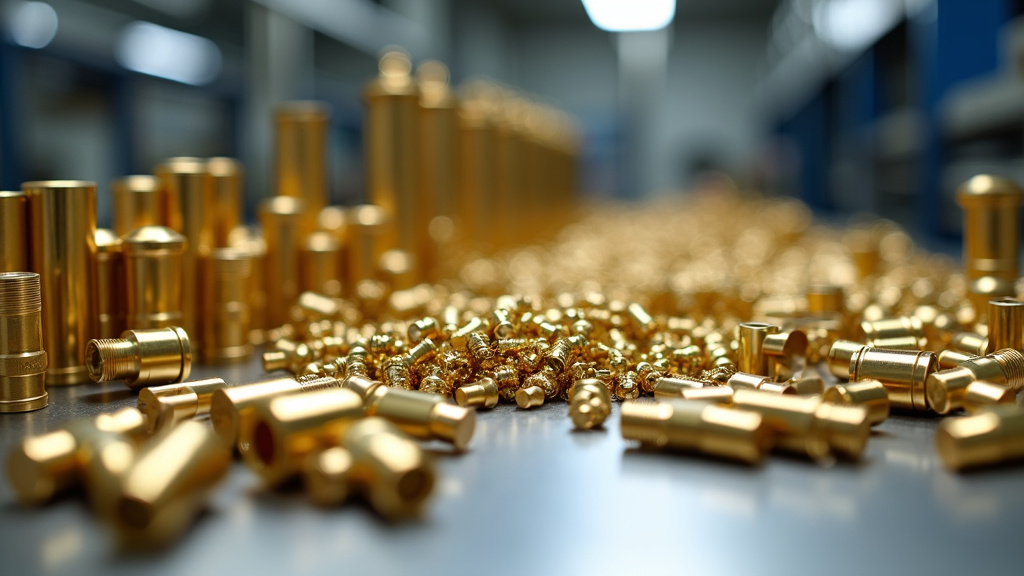
Recycling brass isn’t just environmentally friendly—it can also be profitable if you know how to maximize your returns. Whether you’re a homeowner with old fixtures or a contractor with substantial brass scrap, smart strategies can significantly boost your profits. Here are some practical tips to help you secure the best prices for your brass recycling efforts.
Master the Art of Sorting
Proper sorting is crucial for maximizing your brass recycling returns. Different types of brass fetch different prices, and buyers are willing to pay more for high-quality, well-sorted material. Start by categorizing your brass into yellow brass, red brass, and cartridge brass.
Yellow brass, commonly found in plumbing fixtures and musical instruments, typically contains 60-70% copper and is widely recycled. Red brass, with about 85% copper content, often commands a higher price. Cartridge brass, used in ammunition casings, is particularly valuable due to its composition of 70% copper and 30% zinc.
The cleaner and more homogeneous your brass, the more valuable it becomes. Remove any non-brass attachments, such as plastic or rubber components, to ensure the highest possible purity. This extra effort can directly translate into higher payouts from recyclers.
Find Reputable Buyers
Finding trustworthy buyers is essential for getting the best prices for your brass scrap. Start by researching local scrap yards and recycling centers that specialize in non-ferrous metals. Look for facilities with positive reviews and a history of fair dealings. RecyclingMonster offers a comprehensive directory of scrap yards across the United States, which can be an excellent starting point for your search.
Don’t hesitate to call multiple buyers and compare their offers. Prices can vary significantly between facilities, so shopping around can lead to substantially better returns. Some recyclers might offer better rates for larger quantities, so consider accumulating more before selling if storage isn’t an issue.
Time Your Sales Strategically
The scrap metal market, including brass, fluctuates based on supply and demand. Monitoring market trends can help you time your sales for maximum profit. Generally, brass prices rise with high manufacturing demand and fall during economic downturns.
Consider using online resources to track brass prices. Many scrap metal websites update their price listings regularly, giving you a good idea of current market conditions. If you notice an upward trend in brass prices, it might be a good time to sell. Conversely, if prices are low and you have storage space, holding onto your scrap until the market improves could be beneficial.
Prepare Your Brass for Maximum Value
Before heading to the recycling center, take time to prepare your brass scrap properly. Clean your brass to remove any dirt, grease, or contaminants. While you don’t need to polish it to a shine, removing obvious impurities can prevent deductions from your payout. Some recyclers might offer better rates for brass ready for processing without additional cleaning.
If you have large pieces of brass, consider breaking them down into smaller, manageable sizes. This can make transportation easier and might even be required by some recycling facilities. However, avoid excessive breakdown that might make it difficult to identify the type of brass, as this could lead to lower valuations.
Understand the Pricing Structure
Knowledge is power when it comes to getting the best price for your brass. Familiarize yourself with how recyclers determine their prices. Factors often include the current market rate for copper (a primary component of brass), the purity and quality of your scrap, and processing costs.
Don’t hesitate to ask questions about how prices are calculated. Understanding the basis for the offered price can help you negotiate more effectively or decide whether to sell or hold onto your scrap. Some recyclers might offer better rates if you can provide information about the origin and composition of your brass, especially for higher-grade materials.
By implementing these strategies—meticulous sorting, finding reputable buyers, timing your sales, proper preparation, and understanding pricing—you can significantly boost your returns from brass recycling. Not only will you contribute to a more sustainable future, but you’ll also maximize the value of your scrap metal efforts. Remember, patience and diligence in your recycling approach can pay off handsomely in the long run.
The Environmental Impact of Brass Recycling

Brass recycling is not just about profit; it is a powerful tool for environmental conservation. By giving new life to discarded brass items, we significantly reduce our ecological footprint and preserve our planet’s resources.
Brass recycling dramatically saves energy. According to the British Metal Recycling Association, recycling brass uses 90% less energy than producing it from raw materials. This reduction in energy consumption leads to a significant decrease in greenhouse gas emissions, playing a crucial role in combating climate change.
Preserving Natural Resources
Every recycled brass piece means less copper and zinc extraction from the earth. This resource conservation is vital, as mining often leads to habitat destruction, soil erosion, and water pollution. By choosing recycled brass, we actively protect ecosystems and preserve biodiversity for future generations.
Recycling just one ton of brass can save approximately 2.5 tons of CO2 from being released into the atmosphere, equivalent to emissions from driving an average car for over 6,000 miles.
Reducing Landfill Waste
Brass items not recycled often end up in landfills, where they can take centuries to decompose. Recycling brass conserves resources and significantly reduces landfill waste, aligning with the principles of a circular economy, where materials are reused and repurposed.
Brass can be recycled indefinitely without losing quality or properties. A brass doorknob from the 1800s could become part of a modern plumbing fixture or musical instrument today!
Water Conservation
Brass recycling also benefits water conservation. Traditional mining and ore processing methods require vast amounts of water, straining local supplies. Recycling brass significantly reduces this water usage, helping to preserve this vital resource, especially in water-scarce regions.
Recycling metals like brass can save up to 40% of the water used in traditional mining and manufacturing processes, crucial as we face increasing global water scarcity.
A Cleaner Future
Recycling brass is not just a small contribution; it is part of a larger movement towards a sustainable and environmentally conscious future. Every piece of brass recycled represents a step towards reduced carbon emissions, preserved natural habitats, and a healthier planet for generations to come.
The next time you consider discarding an old brass fixture or forgotten musical instrument, remember the profound environmental impact of recycling. It is not just about monetary value; it is about being a responsible steward of our planet’s resources and creating a more sustainable world for all.
| Material | CO2 Emissions (Recycling) | CO2 Emissions (New Production) | Environmental Impact |
|---|---|---|---|
| Aluminum | 1,500 kg/ton | 8,000 kg/ton | Significant reduction in carbon emissions |
| Steel | 1,800 kg/ton | 6,000 kg/ton | Substantial environmental benefit |
| Textiles | 70 times lower impact | – | Major CO2 and water savings |
The Future of Brass Recycling: Prices and Sustainability
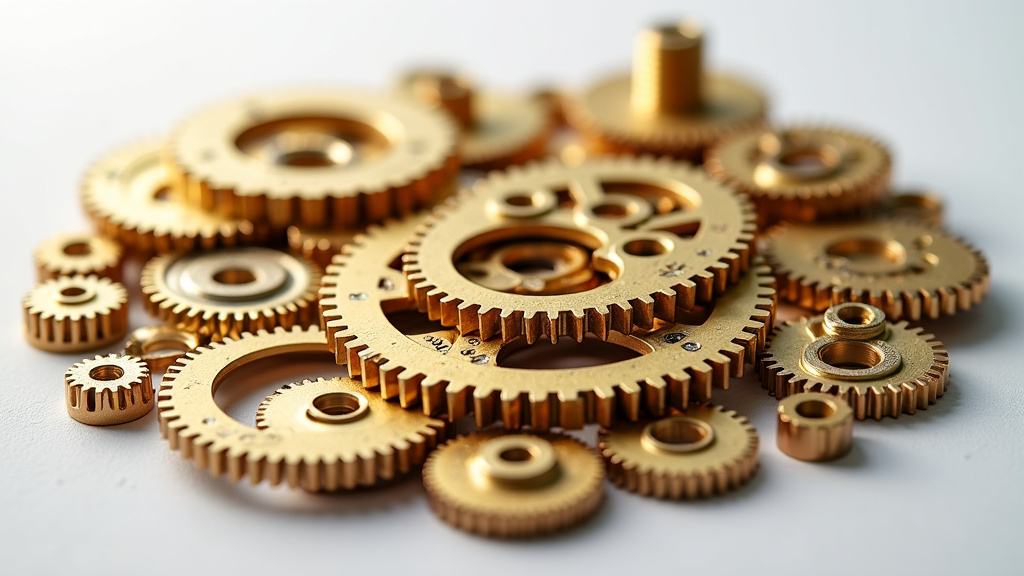
The brass recycling industry is poised for significant growth and innovation as we aim for a more sustainable future. The circular economy model, focusing on resource conservation and waste reduction, has brought brass recycling to the forefront of sustainability efforts. This shift benefits the environment and creates economic opportunities for businesses and individuals.
The future of brass recycling depends on technological advancements that enhance efficiency and purity in the recycling process. Emerging technologies like AI-powered sorting systems and advanced metal recovery techniques promise to increase the yield and quality of recycled brass, making it a more attractive alternative to new materials. These innovations will likely reduce costs, making recycled brass more competitive in the market.
Sustainability initiatives across various industries are expected to boost demand for recycled brass. As manufacturers prioritize eco-friendly materials, the market for recycled brass is projected to expand significantly. This growing demand, coupled with potential resource scarcity, may lead to more stable and potentially higher prices for brass scrap, benefiting those who recycle.
However, brass recycling’s future isn’t just about technology and economics—it’s about creating a more sustainable world for future generations. By participating in brass recycling, we all play a crucial role in conserving natural resources, reducing energy consumption, and minimizing the environmental impact of metal production. Every piece of brass recycled contributes to a cleaner, greener future.
In this evolving landscape, Okon Recycling is committed to leading in sustainable brass recycling. With our expertise and innovative solutions, we strive to offer fair pricing while maintaining high environmental standards. Whether you’re a business looking to implement more sustainable practices or an individual wanting to make a positive impact, Okon Recycling is here to guide you through the process. Together, we can turn your unwanted brass into a valuable resource for the future.
The importance of brass recycling in building a sustainable, circular economy cannot be overstated. By choosing to recycle brass, you’re not just disposing of waste—you’re actively participating in creating a more sustainable world. We encourage you to join us in this vital effort. Contact Okon Recycling at 214-717-4083 to learn more about how you can be part of the brass recycling revolution. Your actions today can help shape a brighter, more sustainable tomorrow.
